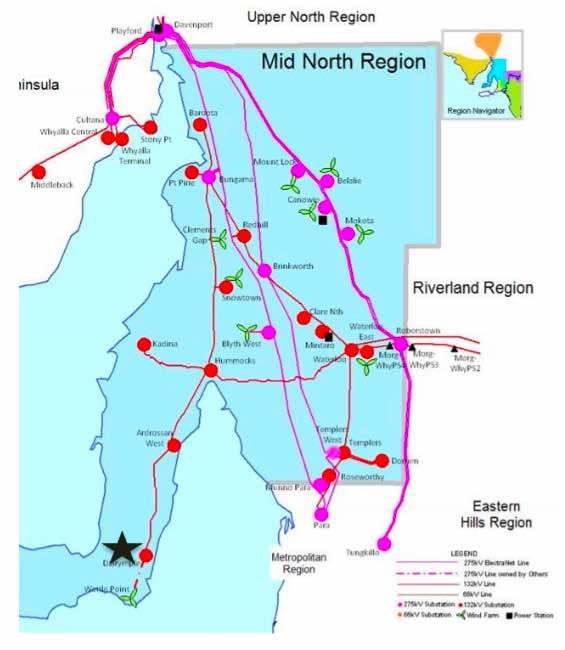If you thought Tesla CEO Elon Musk’s promise to build his big battery in South Australia in 100 days or it’s free was just an idle boast, consider what’s happening around him.
The Tesla big battery, the world’s biggest lithium-ion battery installation, was indeed built in less than 100 days, and more to the point just 9 months after the idea was borne in a Twitter storm with Australian billionaire Mike Cannon-Brookes.
Others are finding it not so easy. Victoria tendered for two battery storage projects around the same time as South Australia, and also wanted to get them in by last summer.
They didn’t, due to the complex regulatory, technical and financial hurdles.
In the end, the winning tenders – another Tesla battery at the Ganawarra solar farm, and a Fluence battery at a Bendigo network asset – were not even announced until late March, and they now have until this coming summer to install them.
In South Australia, a planned battery for the Yorke Peninsula has been four years in the making – having first been conceived in 2014, when no business case could be made, before a proposed injection of capital from ARENA started to make the numbers add up last year.
Commitment to the 30MW/8MWh battery project was made in September, and ElectraNet was supposed to be complete, and hand over the project to AGL, which will operate the battery next to its Wattle Point wind farm, by May 1.
But now, it seems, it won’t come on line until late June.
There is no official reason for this, but like the Conergy solar and storage project at Lakeland near Cooktown in northern NSW, it’s complicated.
Registration and acceptance from the boffins at the Australian Energy Market Operator is a difficult process, particularly for new technologies operating at a speed and accuracy that they are unused to, as it is for the boffins building such facilities for the first time.
It just highlights how remarkable it was that Tesla got its battery up and running so quickly, and how well it is performing.
The Wattle Point battery storage project is different to the Tesla big battery – now owned and operated by Neoen, and officially known as the Hornsdale Power Reserve – as the numbers suggest, as does its location, at the end of an elongated single line.
Hornsdale has 30MW/90MWh of capacity playing the arbitrage market, and time shifting renewables and providing services such as frequency control, where even its small capacity is succeeding in puncturing one of the market’s biggest price bubbles.
The rest is contracted to the state government, to provide emergency back-up when needed, and is now being brought into front line defence against a state-wide blackout under a new scheme encouraged by AEMO.
Wattle Point will also focus on fast frequency response to keep the Heywood inter-connector with Victoria stable, as well as the FCAS market, and trading in market caps.
It will also be able to keep the lights on in the local area in case of blackouts elsewhere, acting as a renewables-based micro-grid and using the power generated by the 91MW wind farm, and the 2MW of rooftop solar.
Maximum demand in the area is 8MW, but on average it needs about 3MW for 2 hours. That would help explain the small storage capacity. The FCAS and fast frequency markets also require little storage.












